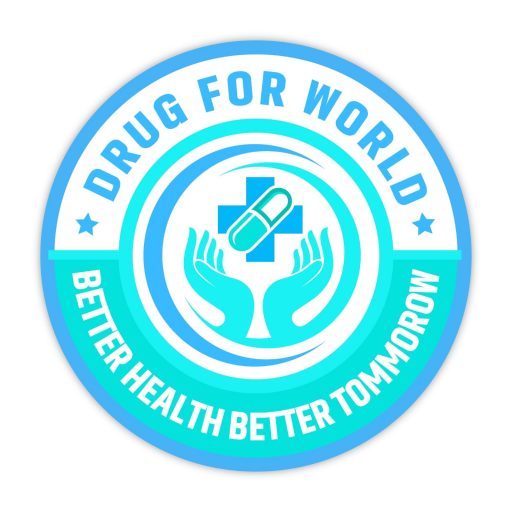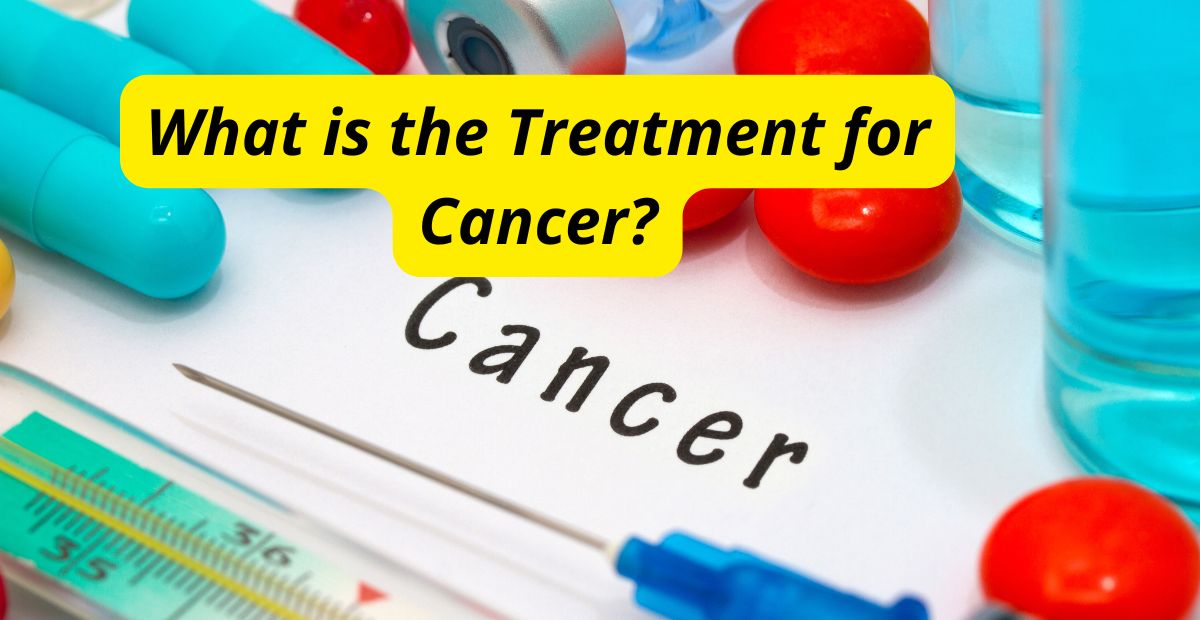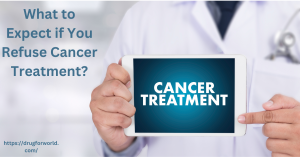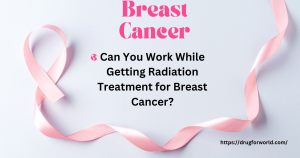Cancer is a life-changing diagnosis that millions of people face each year. It’s a complex disease, and the treatment process can be equally intricate, involving multiple approaches depending on the type of cancer, its stage, and the patient’s overall health. When someone is diagnosed with cancer, the first question that typically arises is, What is the treatment for cancer?
This article will provide a detailed overview of the various treatments available for cancer. We’ll explore each treatment’s purpose, how it works, and its potential side effects, along with frequently asked questions (FAQs) to help patients and their families better understand the cancer treatment landscape.
Types of Cancer Treatment
Cancer treatment is not one-size-fits-all. The right approach depends on various factors, such as the type of cancer, how advanced it is, and whether it has spread to other parts of the body. Let’s explore the primary cancer treatment methods in-depth:
-
Surgery
-
Surgery is often the first line of defense against cancer, especially for solid tumors that have not spread. The goal of surgery is to physically remove cancerous tissue from the body. Sometimes, it’s also used to diagnose cancer or determine its stage.
- How it Works: During surgery, the surgeon cuts out the cancerous tumor and may also remove surrounding tissues or lymph nodes if there’s a risk of the cancer spreading.
- When it’s Used: Surgery is most effective for localized cancers, such as breast, lung, prostate, or skin cancer.
- Pros: It can be curative if the cancer is caught early and confined to one area.
- Cons: Surgery comes with risks such as infection, pain, and long recovery times. It may not be effective for cancers that have spread to other parts of the body (metastasized).
-
Chemotherapy
- Chemotherapy involves the use of powerful drugs to kill cancer cells or prevent them from dividing. It’s a systemic treatment, meaning it affects the entire body, and is typically used when cancer has spread beyond the original site.
- How it Works: Chemotherapy drugs are administered orally or intravenously and work by targeting fast-growing cells, including cancer cells. However, they also affect healthy fast-growing cells, which leads to side effects.
- When it’s Used: It’s used for various cancers, including breast cancer, lung cancer, leukemia, and lymphoma.
- Pros: Chemotherapy can shrink tumors, kill cancer cells that have spread, and improve survival rates.
- Cons: Common side effects include nausea, hair loss, fatigue, and increased risk of infections due to its impact on healthy cells.
-
Radiation Therapy
- Radiation therapy uses high doses of radiation to destroy cancer cells or slow their growth. Unlike chemotherapy, radiation is a localized treatment, meaning it targets specific areas of the body.
- How it Works: High-energy rays, such as X-rays or protons, are directed at the cancerous area, damaging the DNA of cancer cells and preventing them from reproducing.
- When it’s Used: Radiation is commonly used for cancers like breast, prostate, head and neck, and brain cancer. It’s also used to shrink tumors before surgery or to relieve symptoms.
- Pros: Radiation is highly targeted, which helps minimize damage to surrounding healthy tissue.
- Cons: Side effects can include skin irritation, fatigue, and in some cases, damage to nearby organs depending on where the radiation is aimed.
-
Immunotherapy
- Immunotherapy is a cutting-edge treatment that boosts the body’s natural defenses to fight cancer. It works by enhancing the immune system’s ability to recognize and destroy cancer cells, which can sometimes hide from immune detection.
- How it Works: Immunotherapy includes various approaches, such as checkpoint inhibitors, CAR T-cell therapy, and cancer vaccines. These treatments either boost the immune response or target proteins that help cancer cells evade the immune system.
- When it’s Used: Immunotherapy is effective for cancers like melanoma, non-small cell lung cancer, and some types of lymphoma.
- Pros: It can offer long-lasting results, and in some cases, lead to complete remission.
- Cons: Immunotherapy doesn’t work for all cancer types, and side effects can include flu-like symptoms, fatigue, and inflammation.
-
Targeted Therapy
- Targeted therapy is a more precise cancer treatment that focuses on specific genes or proteins that help cancer cells grow and survive. By interfering with these targets, targeted therapies can stop cancer growth.
- How it Works: These treatments block the signals cancer cells use to grow and divide, or they deliver drugs directly to cancer cells without harming healthy cells.
- When it’s Used: Targeted therapies are used for cancers with identifiable genetic mutations, such as HER2-positive breast cancer or EGFR-mutated lung cancer.
- Pros: Targeted therapy is less harmful to healthy cells and can be more effective than traditional chemotherapy for certain cancers.
- Cons: Cancer cells can become resistant to targeted therapies over time, and they are only effective for cancers with specific genetic markers.
-
Hormone Therapy
- Hormone therapy is used for cancers that are fueled by hormones, such as breast cancer and prostate cancer. The therapy either blocks the body’s ability to produce hormones or interferes with how hormones work.
- How it Works: It lowers hormone levels or blocks hormone receptors to slow or stop cancer growth.
- When it’s Used: Hormone therapy is effective for hormone-receptor-positive breast and prostate cancers.
- Pros: It can help control cancer growth and spread over time.
- Cons: Side effects include hot flashes, mood swings, and sexual dysfunction. It only works for hormone-sensitive cancers.
-
Stem Cell Transplant
- A stem cell transplant (also called a bone marrow transplant) is used to treat cancers like leukemia, lymphoma, and multiple myeloma. It replaces damaged bone marrow with healthy stem cells.
- How it Works: High doses of chemotherapy or radiation destroy the patient’s bone marrow, which is then replaced with healthy stem cells to regenerate blood cells.
- When it’s Used: It’s used for blood cancers or when cancer treatments have damaged the bone marrow.
- Pros: It can help the body recover from the intense effects of cancer treatment and can be curative for certain blood cancers.
- Cons: The process is highly intensive and comes with risks such as infection and graft-versus-host disease.
- Precision Medicine
- Precision medicine tailors treatment based on the genetic makeup of the patient and their cancer. This approach allows doctors to choose the most effective treatment for the specific characteristics of the cancer.
- How it Works: Genetic testing identifies specific mutations or markers in cancer cells that can be targeted with specific therapies.
- When it’s Used: Precision medicine is used when genetic mutations or biomarkers are identified, and treatments like targeted therapy or immunotherapy can be applied.
- Pros: It offers personalized treatment plans, increasing the chances of success.Cons: It’s still an emerging field, and not all cancers have genetic markers that can be targeted.
- Palliative Care
- Palliative care focuses on improving the quality of life for cancer patients by managing symptoms and side effects, rather than trying to cure the cancer. It can be used at any stage of cancer treatment.
- How it Works: Palliative care involves managing pain, fatigue, nausea, and other symptoms, along with providing emotional and psychological support.
- When it’s Used: It’s used alongside curative treatments or as the main focus when cancer is advanced and treatment is no longer effective.
- Pros: Palliative care helps improve the patient’s quality of life by alleviating suffering and supporting emotional well-being.
- Cons: It’s not aimed at curing the disease, but at managing symptoms.
Frequently Asked Questions (FAQs)
-
What is the most common treatment for cancer?
- The most common cancer treatments are surgery, chemotherapy, and radiation therapy. The specific treatment plan depends on the type and stage of cancer.
-
Can cancer be cured completely?
- In some cases, cancer can be cured, especially when detected early. Other cancers can be managed or controlled for years, even if they cannot be cured. Success depends on the type and stage of cancer, as well as the patient’s overall health.
-
What are the side effects of chemotherapy?
- Common side effects of chemotherapy include fatigue, nausea, vomiting, hair loss, and a weakened immune system. However, side effects vary depending on the type of chemotherapy drugs used and the individual’s response to treatment.
-
How does immunotherapy work in cancer treatment?
- Immunotherapy works by stimulating the immune system to recognize and attack cancer cells. It can enhance the body’s natural ability to fight cancer, sometimes leading to long-term remission.
-
How long does cancer treatment last?
- The length of cancer treatment depends on the type of cancer, the treatment plan, and how well the patient responds. Some treatments last for a few weeks or months, while others, like hormone therapy or maintenance treatments, can continue for years.
-
What is the role of precision medicine in cancer treatment?
- Precision medicine personalizes cancer treatment by using genetic information about the patient and the cancer to guide therapy decisions. It can improve the effectiveness of treatment by targeting specific mutations in cancer cells.
-
Is radiation therapy painful?
- Radiation therapy itself is painless, but it can cause side effects such as skin irritation, fatigue, and discomfort in the treated area. The severity of these side effects varies depending on the location and dose of radiation.
-
Can lifestyle changes help during cancer treatment?
- Yes, maintaining a healthy diet, exercising regularly, managing stress, and avoiding smoking or alcohol can improve overall




